Phonics worksheets activities for Ages 6-7
10 filtered results
-
From - To
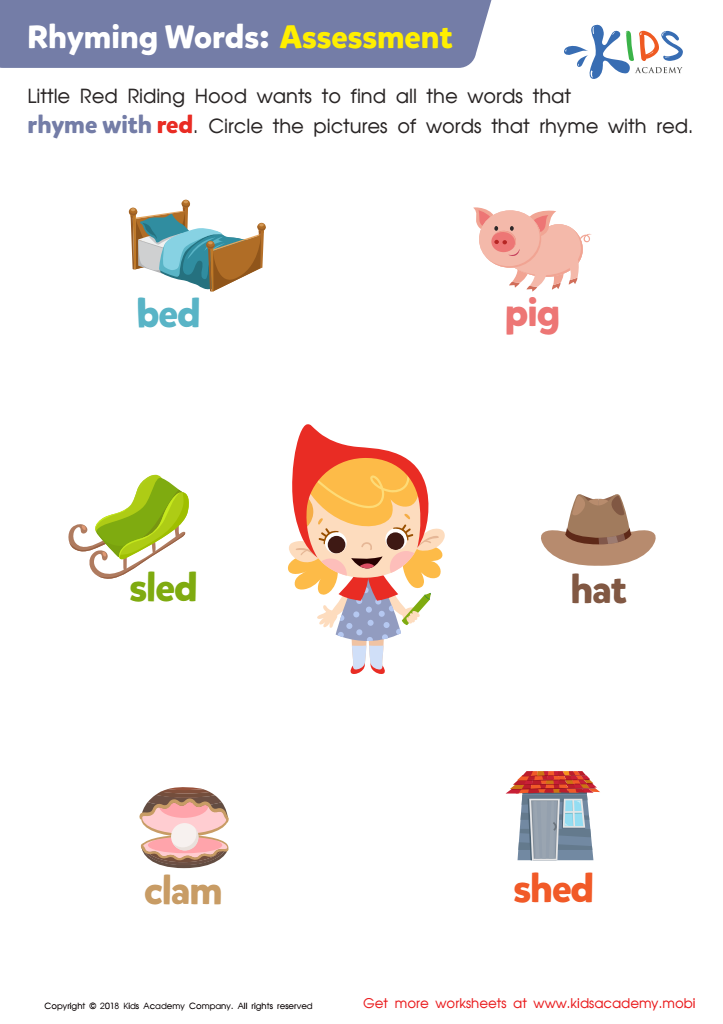

Rhyming Words: Assessment Worksheet


letter sounds Worksheet
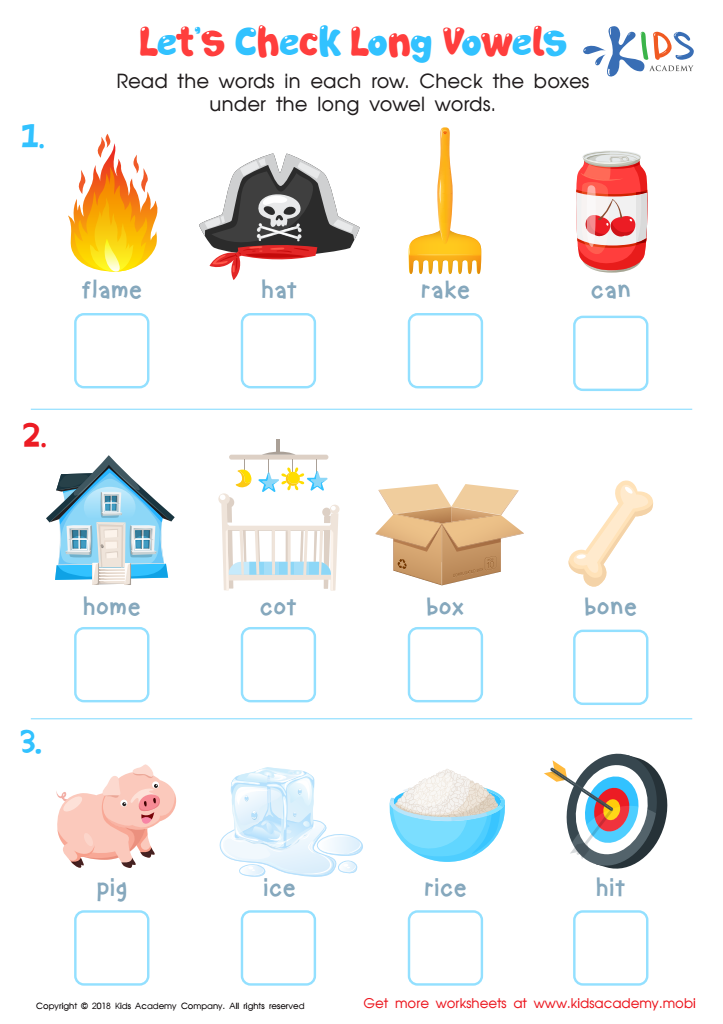

Let's Check Long Vowels: Assessment Worksheet
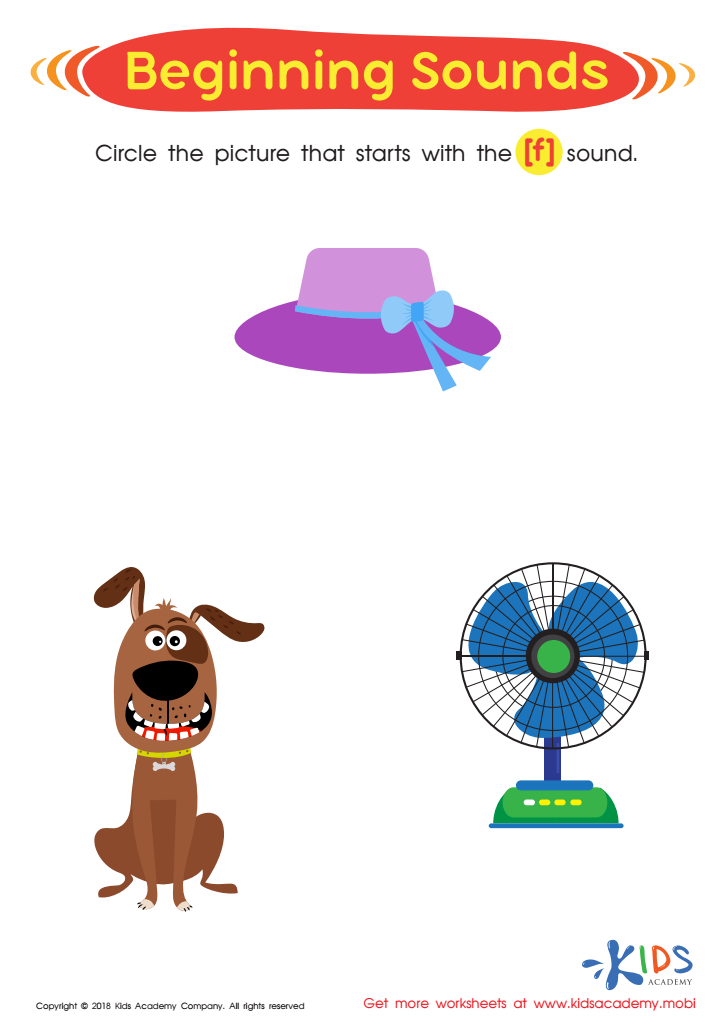

Beginning Sounds Assessment Printable
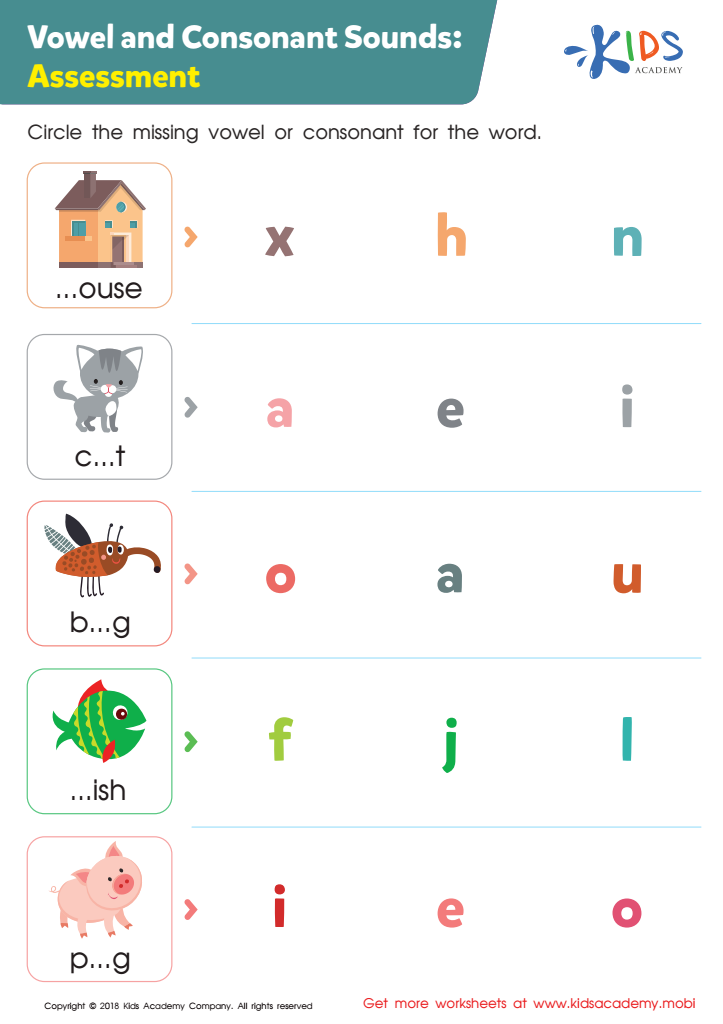

Vowel and Consonant Sounds: Assessment Worksheet


Capitalization. Punctuation. Spelling. Assessment 3 Worksheet
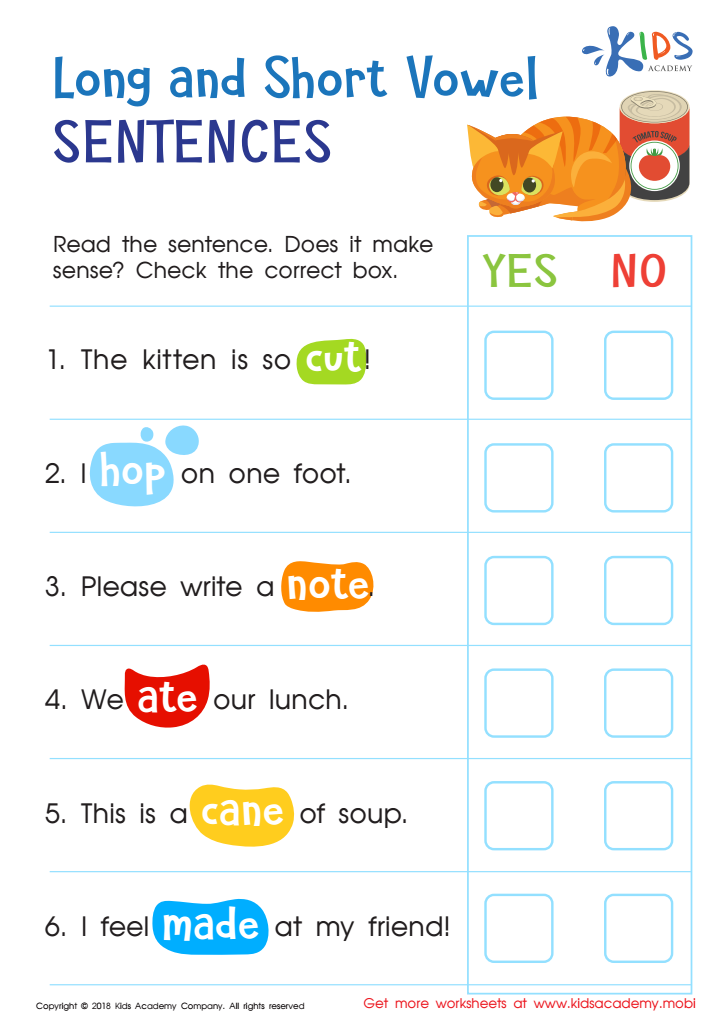

Long and Short Vowel Sentences: Assessment Worksheet
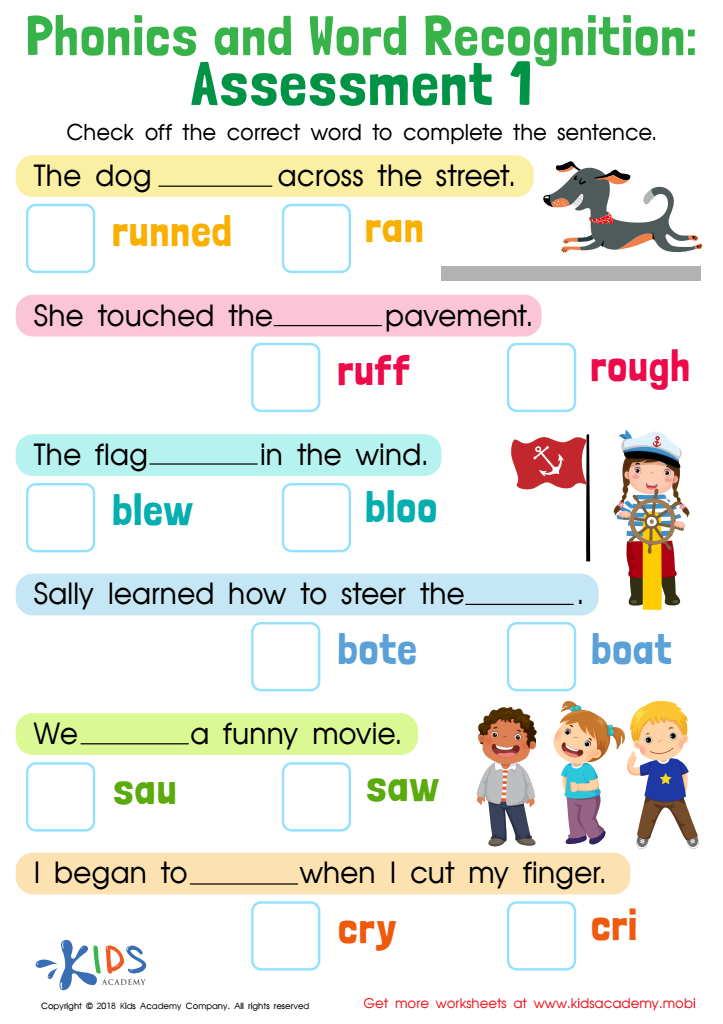

Phonics and Word Recognition: Assessment 1 Worksheet
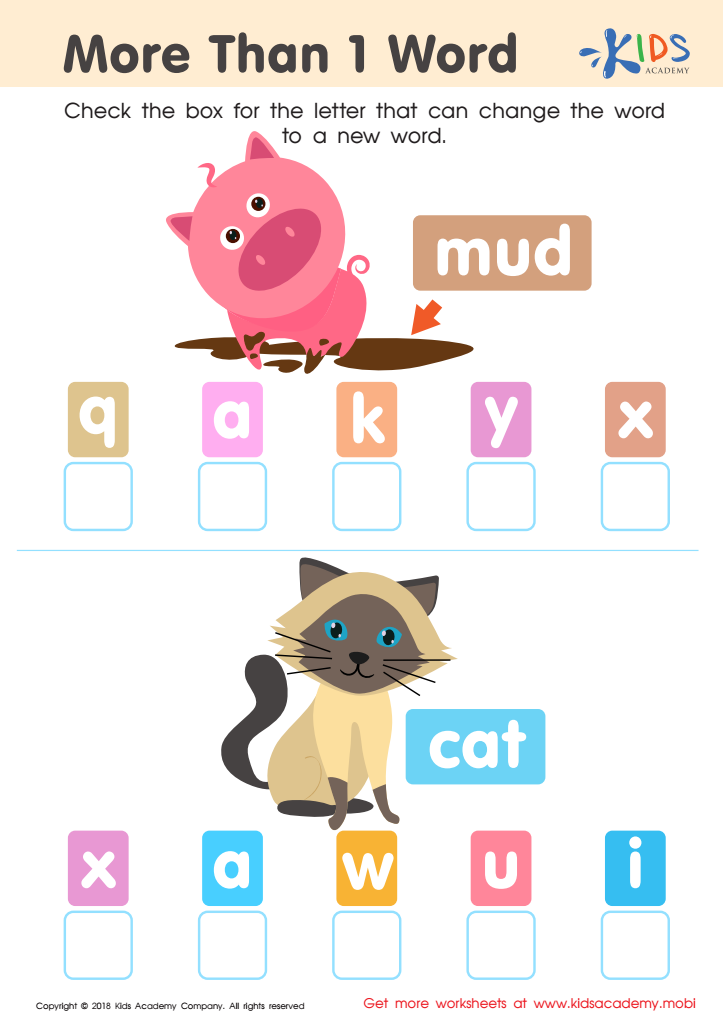

More than 1 word Worksheet


Phonics and Word Recognition: Assessment 2
Phonics worksheets activities are an essential tool in the foundational stages of reading education. These activities are not just another task for students; they are carefully designed exercises that significantly enhance a child's ability to understand the relationship between letters and sounds, which is a critical component of reading fluency and comprehension. Phonics worksheets activities play a pivotal role in a student's literacy journey for several compelling reasons.
Firstly, Phonics worksheets activities provide a structured approach to learning. They systematically introduce new sounds and letter combinations, allowing students to gradually build upon their existing knowledge. This structured progression is crucial for early readers, as it helps to solidify their understanding and prevents them from feeling overwhelmed by the complexities of the English language.
Secondly, these activities are highly engaging. Unlike traditional lecture methods, Phonics worksheets activities often incorporate games, puzzles, and colorful illustrations to capture the interest of young learners. This engagement is critical in maintaining students' motivation and enthusiasm for reading. When children are actively interested in the learning material, they are far more likely to absorb and retain the information being taught.
Furthermore, Phonics worksheets activities are incredibly versatile. They can be tailored to suit different learning styles and paces, ensuring that all students, regardless of their initial literacy level, can benefit from them. This adaptability is essential in a classroom setting, where the abilities and needs of students can vary widely.
Lastly, these activities provide invaluable practice opportunities. Mastery of phonics requires repetition and practice, and Phonics worksheets activities offer a multitude of ways for students to reinforce their skills. Through continuous engagement with these worksheets, students can enhance their decoding skills, improve their spelling, and ultimately, develop a stronger foundation for reading comprehension.
In conclusion, Phonics worksheets activities are a fundamental component of effective literacy instruction. Their structured, engaging, versatile, and practice-oriented nature makes them an indispensable tool in teaching young learners the critical skills of reading and writing. By integrating these activities into the curriculum, educators can significantly boost their students' reading abilities and set them on the path to becoming confident, proficient readers.
 Assign to My Students
Assign to My Students








.jpg)








